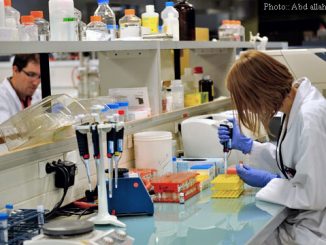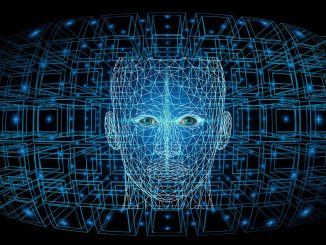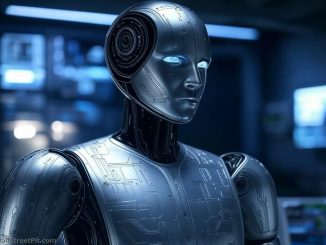
Elon Musk’s vision for the future of human-AI interaction took a bold leap forward at the Congress of Neurological Surgeons 2024 conference. In his speech, Musk hinted at a radical transformation in how we might achieve symbiosis with artificial intelligence (AI), suggesting that to increase the data transfer rate between humans and computers, we might have to consider replacing our skulls with more accommodating structures.
Musk’s proposal isn’t just about enhancing connectivity; it’s about fundamentally rethinking the human interface with technology. The concept, while futuristic and bordering on science fiction, delves into the realm of what he terms as solving the “bandwidth problem.”
He points out that current interfaces, even the most advanced brain-computer interfaces, only operate at a fraction of the speed at which modern computers communicate, describing the human input rate as “stationary” compared to machine capabilities.
Elon Musk says in order to achieve human-AI symbiosis we will ultimately need to replace our skulls so we can implant enough electrodes to interface our brains with computers pic.twitter.com/4Ri9LNsNCm
— Tsarathustra (@tsarnick) October 29, 2024
To interface at speeds where we’re talking about millions or even billions of bits per second, the physical limitations of the human skull come into play, Musk explained. Imagining a future where the skull is no longer a barrier but a conduit for thousands of electrodes, Musk envisions a scenario where brain-computer interfaces could become as commonplace and as integrated as smartphones are today.
This idea of skull replacement for electrode implantation isn’t just about enhancing cognitive capabilities or entertainment; Musk sees it as a pathway to address severe disabilities, potentially allowing for thought-controlled devices at an unprecedented scale. However, he was quick to assert the optional nature of such technology, distancing himself from any dystopian narrative where such implants could be mandatory.
The concept raises numerous ethical, medical, and technological questions. How would such a procedure affect human identity? What are the long-term health implications of having a ‘zillion wires’ in the brain?
While Musk’s ideas are speculative, they push the boundaries of neurotechnology, suggesting a future where the distinction between human and machine could blur significantly for those opting into this new era of symbiosis.
- Bulenox: Get 45% to 91% OFF ... Use Discount Code: UNO
- Risk Our Money Not Yours | Get 50% to 90% OFF ... Use Discount Code: MMBVBKSM
Disclaimer: This page contains affiliate links. If you choose to make a purchase after clicking a link, we may receive a commission at no additional cost to you. Thank you for your support!





Leave a Reply